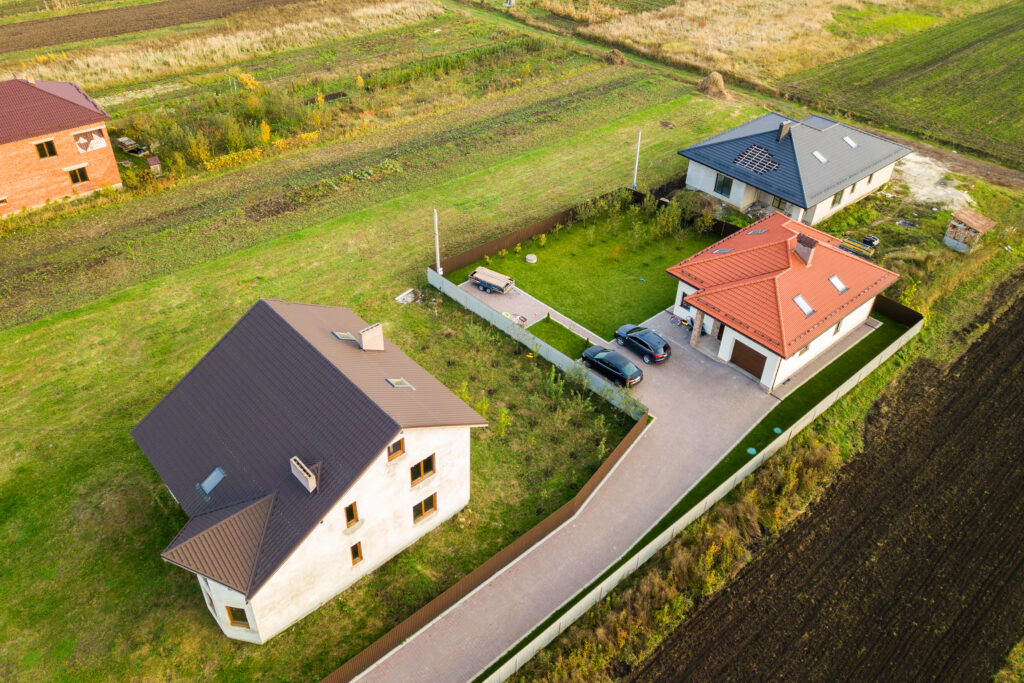In this detailed guide, we’ll break down everything you need to know about the Roofing COP, why it’s essential for homeowners, and how it ensures your roof is safe, durable, and compliant with New Zealand’s strict building standards.
What Is the Roofing Code of Practice (COP)?
The Roofing COP is a comprehensive set of guidelines published by the New Zealand Metal Roofing Manufacturers (NZMRM). It provides best practices for the design, materials, and installation of metal roofing and wall cladding systems.
Key facts about the Roofing COP:
-
It’s a recognized document under NZ Building Code E2/AS1, meaning it helps meet legal compliance.
-
First introduced in 1981 as a handbook, it evolved into a living document updated regularly to reflect new materials, techniques, and climate challenges.
-
It covers all types of buildings, not just standard timber-framed homes (unlike some other standards).
Why Should Homeowners Care?
-
Avoid Costly Mistakes – A poorly installed roof can lead to leaks, structural damage, and expensive repairs.
-
Insurance & Warranty Compliance – Many insurers require roofs to meet COP standards for coverage.
-
Longer Roof Lifespan – Following best practices means your roof lasts decades, not just years.
Key Sections of the Roofing COP Explained
1. Material Standards: What Can (and Should) Be Used?
The COP specifies which materials are suitable for New Zealand’s harsh weather conditions, including:
-
Long-run steel & metal roofing (most popular for durability).
-
Concrete & clay tiles (great for insulation and fire resistance).
-
Membrane roofing (for flat or low-slope roofs).
Problem Solved: Many homeowners choose cheap materials to save money, only to face premature corrosion or leaks. The COP helps you pick the right material for your climate—whether you’re in windy Wellington or rainy Auckland.
2. Installation Best Practices: Avoiding Leaks & Structural Failures
The COP details how roofs should be installed, including:
-
Correct fixing methods (screws, clips, and sealants).
-
Flashing requirements (critical for waterproofing around chimneys and edges).
-
Underlayment standards (to prevent condensation and moisture damage).
Problem Solved: A shocking number of leaky roofs in NZ stem from poor installation. Following the COP reduces the risk of water damage and mold growth.
3. Safety Requirements: Protecting Workers & Homeowners
Roofing is a high-risk job, and the COP includes strict safety protocols, such as:
-
Fall protection systems for workers.
-
Safe handling of materials (metal sheets can be dangerous if improperly moved).
Problem Solved: Cutting corners on safety can lead to accidents or even fatalities. The COP ensures your roofing crew follows best practices, protecting everyone involved.
4. Compliance with NZ Building Code
The COP aligns with NZ’s Building Code, meaning:
-
Your roof will meet legal standards for weathertightness and structural integrity.
-
It simplifies consent applications (council inspectors recognize COP-compliant work).
Problem Solved: Some homeowners get stuck in consent delays because their roof doesn’t meet code. Using COP guidelines speeds up approvals.
Real-Life Benefits of Following the Roofing COP
✅ Fewer Repairs – A well-installed metal roof can last 50+ years with minimal maintenance. ✅ Better Energy Efficiency – Proper insulation and materials reduce heating/cooling costs. ✅ Higher Resale Value – Buyers prefer homes with code-compliant, durable roofs.
How to Ensure Your Roof Meets COP Standards
-
Hire a Licensed Roofing Contractor – Ask if they follow the latest COP version (v25.03).
-
Check Material Certifications – Ensure your roofing supplier complies with NZMRM standards.
-
Request Documentation – A good roofer will provide warranties and compliance statements.
Final Thoughts: Why the Roofing COP Matters for You
Your roof is your home’s first line of defense against NZ’s unpredictable weather. By following the Roofing COP, you: ✔ Avoid costly future repairs ✔ Ensure safety during installation ✔ Stay compliant with NZ building laws
Need a COP-compliant roof? Download the full Roofing Code of Practice (v25.03) here or consult a certified NZ roofing professional.



